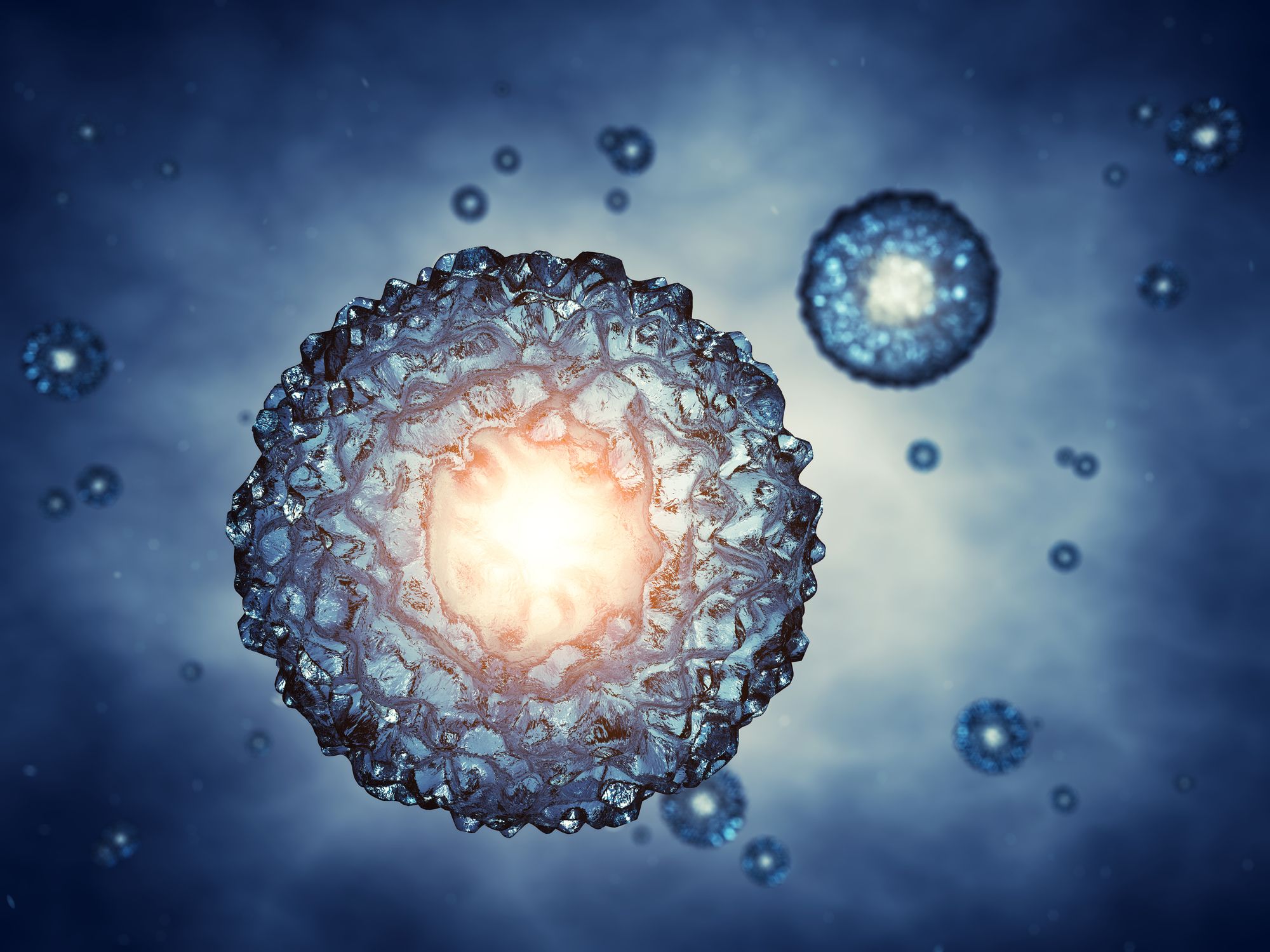Traditional IVF vs. Mini IVF: Knowing the Differences
 The Center for Fertility and Gynecology is proud to offer patients in the greater Los Angeles, CA area a number of options to start a family. In vitro fertilixation (IVF) is one of the most popular fertility treatment options, helping countless people achieve their goals of starting a family.
The Center for Fertility and Gynecology is proud to offer patients in the greater Los Angeles, CA area a number of options to start a family. In vitro fertilixation (IVF) is one of the most popular fertility treatment options, helping countless people achieve their goals of starting a family.
A new type of IVF known as mini IVF can also help would-be parents achieve their dreams. Dr. Michael Vermesh and Dr. Tannaz Toloubeydokhti would like to compare traditional IVF to mini IVF and discuss how these two fertility treatments differ.
About Traditional IVF
Traditional IVF is the most popular assisted reproduction technology procedure performed today. Using fertility drugs, a doctor can regulate a woman’s cycle for optimal timing, and to stimulate a good number of eggs. The fertility specialist harvests viable eggs from a woman to be fertilized in a lab setting. Following fertilization, the embryo is transferred back to the womb to be carried to term.
About Mini IVF
The mini IVF procedure is similar in many ways to the traditional IVF procedure in that fertility drugs are used to stimulate ovulation and help optimize timing for egg retrieval. The egg is fertilized in a lab and then the embryo is transferred much like traditional IVF.
Key Differences Between IVF and Mini IVF
While the basics of traditional IVF and mini IVF seem quite similar, there are important differenced between these procedures that are worth keeping in mind:
- Mini IVF Uses Fewer Fertility Drugs - The follicle stimulation in mini IVF treatment involves fewer drugs, which is ideal for some patients who do not respond well to fertility medications.
- Fewer Eggs Are Retrieved in Mini IVF - In a traditional IVF cycle, egg retrieval could involve harvesting between 8 and 15 eggs to fertilize. With mini IVF, that number is as low as 2 to 4.
- Egg Retrieval During Mini IVF is Easier - Since there are fewer eggs stimulated and fewer eggs to retrieve, this process tends to be less complicated for doctors and their patients.
Is One Treatment More Effective Than the Other?
Generally speaking, traditional IVF has a higher rate of success than mini IVF. This is just the reality of the numbers game comparing eggs. Retrieving 8 to 15 eggs increases your chances of successful fertilization than just harvesting 2 to 4.
One study showed that mini IVF had a 10 percent success rate per cycle, compared to a 30 to 47 percent success rate per cycle with traditional IVF treatment.
Which Type of IVF Is Right for Me?
Don’t let the success rates above be the only deciding factor about fertility treatment. Even with a 10 percent rate of mini IVF success per cycle, the treatment can be quite helpful for couples and individuals who would like to have a child. The gentle and easier stimulation and retrieval process is one of the key advantages of mini IVF, and worth considering depending on your needs and goals.
We can discuss the pros and cons of all your treatment options in greater detail during your consultation.
Learn More About Your Fertility Treatment Options
To learn more about starting a family and achieving your goals as a parent, be sure to contact The Center for Fertility and Gynecology. Our fertility specialists are here to help. You can contact our offices by phone as well. You can reach our Tarzana and Torrance locations at (818) 881-9800, our Bakersfield office at (661) 326-1075, and our Thousand Oaks office at (805) 807-1075.







